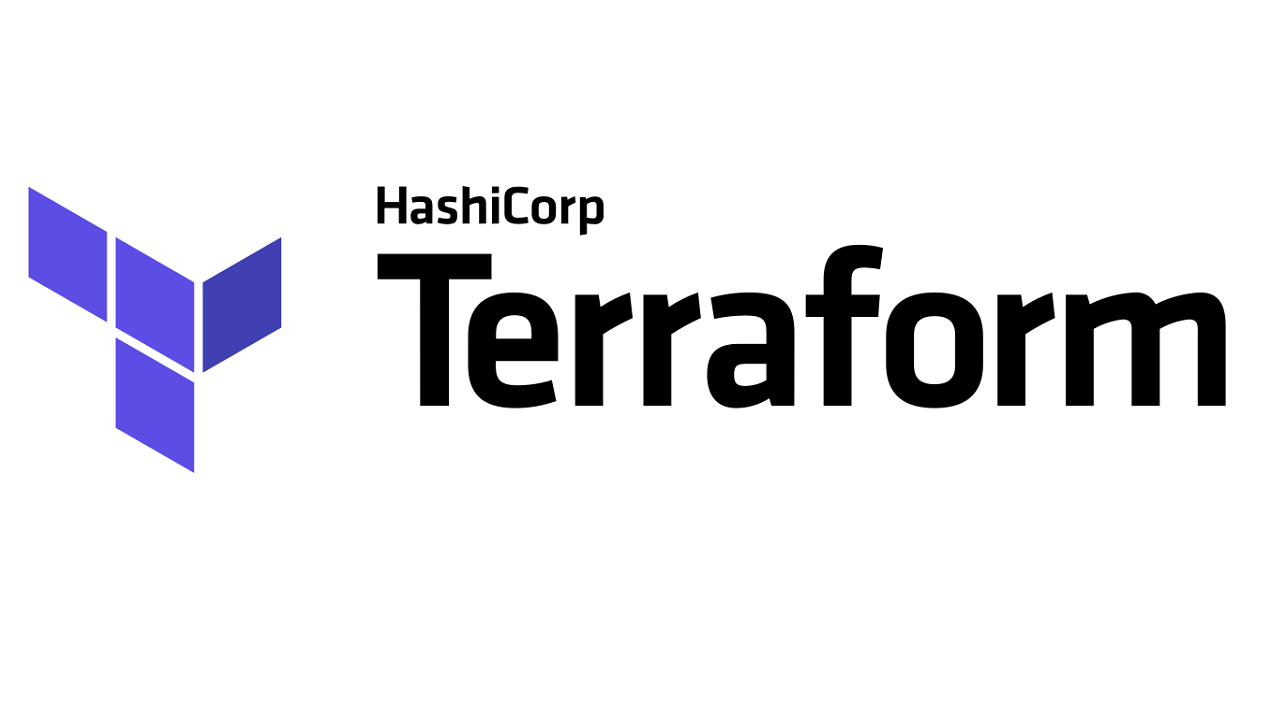🌐Day 47: Understanding Terraform State Management
 Ritesh Dolare
Ritesh Dolare
Today marks Day 47 of my DevOps journey, and I’ve been diving deep into the world of Terraform state management. This concept is super important to keep your infrastructure organized, consistent, and secure. Let's break it down step by step, so it's easy to understand, even if you’re new to this.
📌 What is Terraform State?
Think of Terraform state as a detailed map or a blueprint of your cloud infrastructure. Imagine you’re building a complex Lego structure. You wouldn’t want to forget where each piece goes, right? Terraform state does something similar—it keeps track of all the pieces (like virtual machines, databases, networks) you’ve put together in your cloud environment.
Here’s why Terraform state is so crucial:
Tracking Changes: Terraform knows exactly what’s been added, modified, or removed in your infrastructure. This way, when you make changes, it can figure out what needs to be updated without messing up what’s already there.
Consistency: By keeping everything in sync, Terraform ensures that your cloud environment stays stable and reliable. No surprises!
Rollback Capabilities: If something goes wrong or if you need to undo a change, Terraform state lets you roll back to a previous version, like hitting “Undo” in a document.
🗂️ Storing the Terraform State File: Local vs. Remote
Terraform needs to store this map somewhere, and you’ve got two main options: locally or remotely.
Local State:
What It Is: The state file is stored right on your computer. It’s like saving a document to your desktop.
When It’s Useful: This is great if you’re working on a small project by yourself. It’s easy to set up and doesn’t require any extra configuration.
Limitations: The downside is that it’s not ideal for teamwork. Imagine two people trying to edit the same document at the same time—things can get confusing fast! Plus, if your computer crashes, you could lose everything.
Remote State:
What It Is: The state file is stored in the cloud, so everyone on your team can access it.
When It’s Useful: This is perfect for larger projects or when multiple people are working together. It’s like using Google Docs—everyone can see the latest version and work together without conflicts.
Benefits:
Collaboration: Multiple team members can update the state file without overwriting each other’s work.
Versioning: You can keep track of changes over time, which makes it easy to roll back to a previous version if needed.
Security: Remote storage options often come with built-in security features, protecting your data from unauthorized access.
🌐 Remote State Management Options
When you choose to store your state file remotely, you have a few different options. Each one has its strengths, so you can pick the one that best suits your needs.
Terraform Cloud:
What It Is: A cloud service provided by the creators of Terraform. It’s specifically designed for managing Terraform state.
Why It’s Great: It’s easy to set up, integrates seamlessly with Terraform, and offers advanced features like team collaboration and versioning. Think of it as a specialized cloud storage for your Terraform projects.
AWS S3:
What It Is: A popular cloud storage service from Amazon.
Why It’s Great: If you’re already using AWS for your infrastructure, storing your Terraform state in S3 makes a lot of sense. It’s secure, supports versioning, and is highly reliable.
HashiCorp Consul:
What It Is: A tool from the same company that makes Terraform. It’s a distributed key-value store, meaning it’s great for large, complex setups.
Why It’s Great: Consul is designed for big projects that might span multiple regions or data centers. It offers high availability and can scale easily, making it a powerful option for managing Terraform state in large environments.
Conclusion:
Terraform state management is the backbone of using Terraform effectively. By keeping a detailed record of your infrastructure, it ensures that your environment is always in sync, changes are tracked, and everything runs smoothly. Whether you store your state locally for small projects or remotely for larger, team-based work, understanding how to manage this state is essential for any DevOps professional.
Happy Learning:)😊
Subscribe to my newsletter
Read articles from Ritesh Dolare directly inside your inbox. Subscribe to the newsletter, and don't miss out.
Written by

Ritesh Dolare
Ritesh Dolare
👋 Hi, I'm Ritesh Dolare, a DevOps enthusiast dedicated to mastering the art of DevOps.